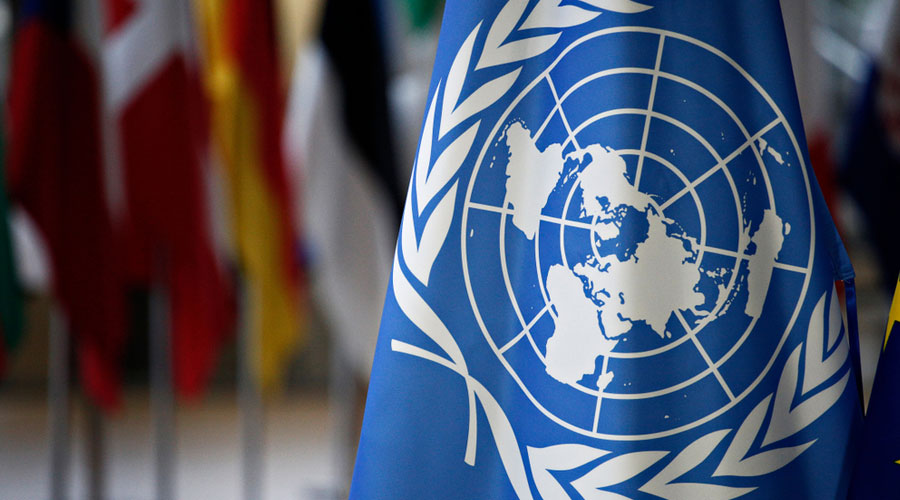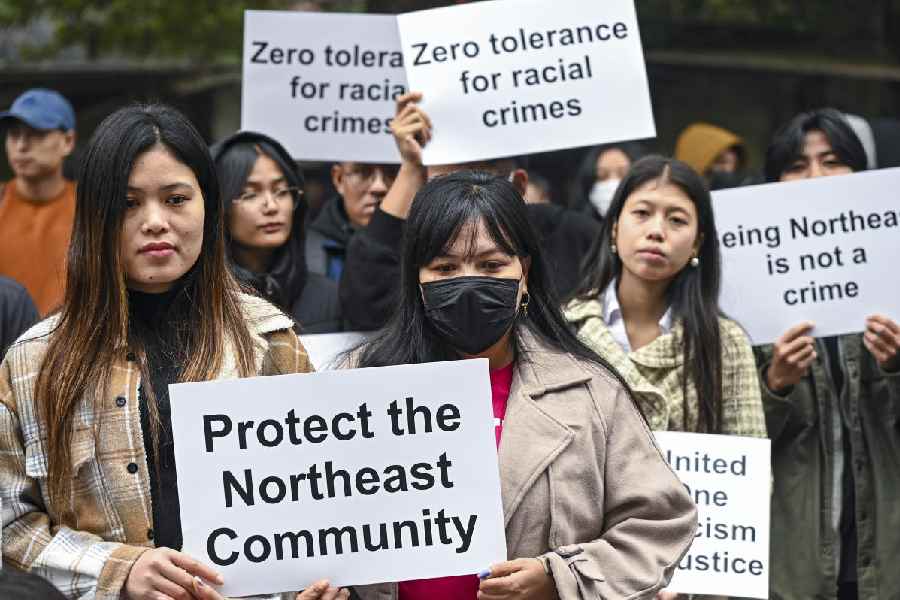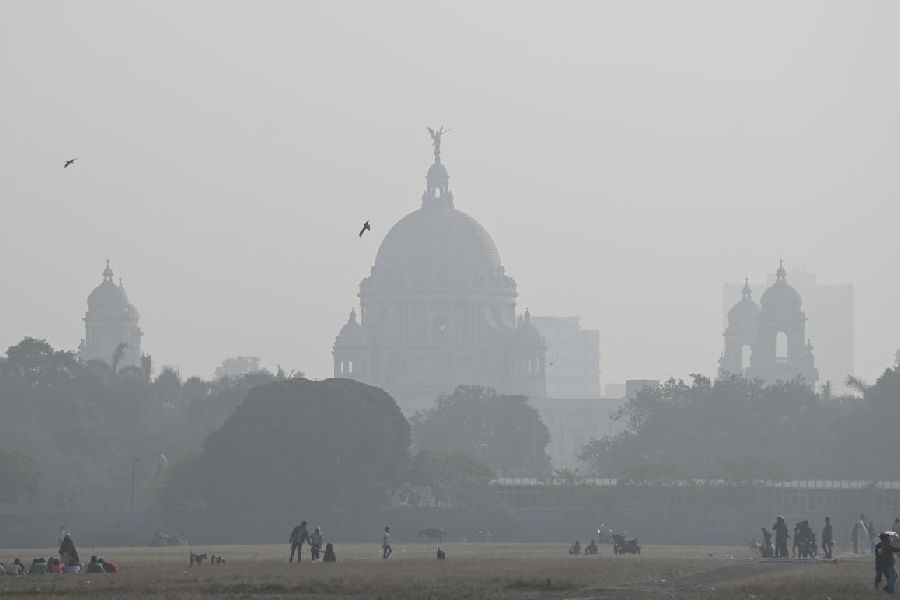Roughly 190 countries early on Monday approved a sweeping UN agreement to protect 30 per cent of the planet’s land and oceans by 2030 and to take a slew of other measures against rampant biodiversity loss, a mounting under-the-radar crisis that, if left unchecked, jeopardises the planet’s food and water supplies as well the existence of untold species around the world.
The agreement comes as biodiversity is declining worldwide at rates never seen before in human history. Scientists have projected that a million plants and animals are at risk of extinction, many within decades.
This is a huge moment for nature,” said Brian O’Donnell, director of the Campaign for Nature, said of the agreement. “This is a scale of conservation that we haven’t seen ever attempted before.”
Overall, the deal lays out a suite of 23 conservation targets. The most prominent one, the measure placing broad areas of land and sea under protection, is known as 30x30. Countries also agreed to manage the remaining 70 per cent of the planet to avoid losing areas of high importance to biodiversity and to ensure that big businesses disclose biodiversity risks and impacts.
Now, the question is whether the deal’s lofty targets will be realized.
The previous 10-year agreement failed to fully achieve a single target at the global level, according to the body that oversees the Convention on Biological Diversity, the UN treaty that underpins the old agreement and the new one reached here on Monday. But negotiators said they had learned from their mistakes, and the new pact includes provisions to make targets measurable and to monitor countries’ progress.
“Now you can have a report card,” said Basile van Havre, a Canadian who was a co-chairman of the negotiations. “Money, monitoring and targets” would make the difference this time, he said.
While the US sent a team to the talks, it could only participate from the sidelines because the country is not a party to the Convention on Biological Diversity. Republicans, who are typically opposed to joining treaties, have blocked its passage. The only other country that is not a party to the treaty is the Holy See.
Still, the Biden administration has committed to protecting 30 per cent of lands and waters by 2030.
While there are multiple causes of biodiversity loss, humans are behind each one. On land, the biggest driver is agriculture. At sea, it’s overfishing. Other factors include hunting, mining, logging, climate change, pollution and invasive species.
The agreement aims to address these drivers. Target 17, for example, commits to reducing the overall risk from pesticides and highly toxic chemicals by at least half, while also addressing fertilizer runoff.
Conservation groups had pushed for stronger measures related to extinctions and wildlife populations.
Anne Larigauderie, an ecologist and the executive secretary of the intergovernmental scientific platform on biodiversity, known as IPBES, regretted that omission but praised the overall agreement as ambitious and quantified.
“It’s a compromise, but it’s not a bad one,” Dr Larigauderie said.
Questions over how to balance the deal’s ambition with the ability of countries to pay for it generated sharp disagreements at the talks, along with demands to create a new global biodiversity fund. China, which led the talks, and Canada, which hosted, worked to strike a delicate middle ground.
The EU had sought more forceful conservation targets. Indonesia wanted more leeway on how it used nature.
Developing countries pushed hard for more money, with dozens of countries from Latin American, Africa and South East Asia walking out of meetings on Wednesday in protest that they weren’t being heard.
An outsize amount of the world’s biodiversity lives in countries of the global south. But these nations often lack the hefty financial resources needed to restore ecosystems, reform harmful agriculture, aquaculture, fisheries and forestry practices; and conserve threatened species.
The Democratic Republic of Congo expressed fierce opposition and held up final approval into the early hours of Monday morning. When the president of the talks proceeded over the Congolese objections, several African countries spoke out in protest.
The deal reached on Monday would roughly double overall biodiversity financing to $200 billion a year from all sources: governments, the private sector and philanthropy. It earmarks up to $30 billion per year to flow to developing countries from developed ones. The financial commitments are not legally binding.
Representatives of developing countries said that money should not be seen as charity.
Joseph Onoja, a biologist who directs the Nigerian Conservation Foundation, noted that the former colonial powers had grown rich by exploiting natural resources all over the world. “They came around and plundered our resources to develop themselves,” he said.
Now that countries of the global south are trying to use natural resources for their own development, he noted, they’re being told they must preserve them the in the name of global conservation.
Dr Onoja emphasised that, as a conservation biologist, he believes in protecting nature. But he wants the global north to be held accountable for its past actions.
New York Times News Service










